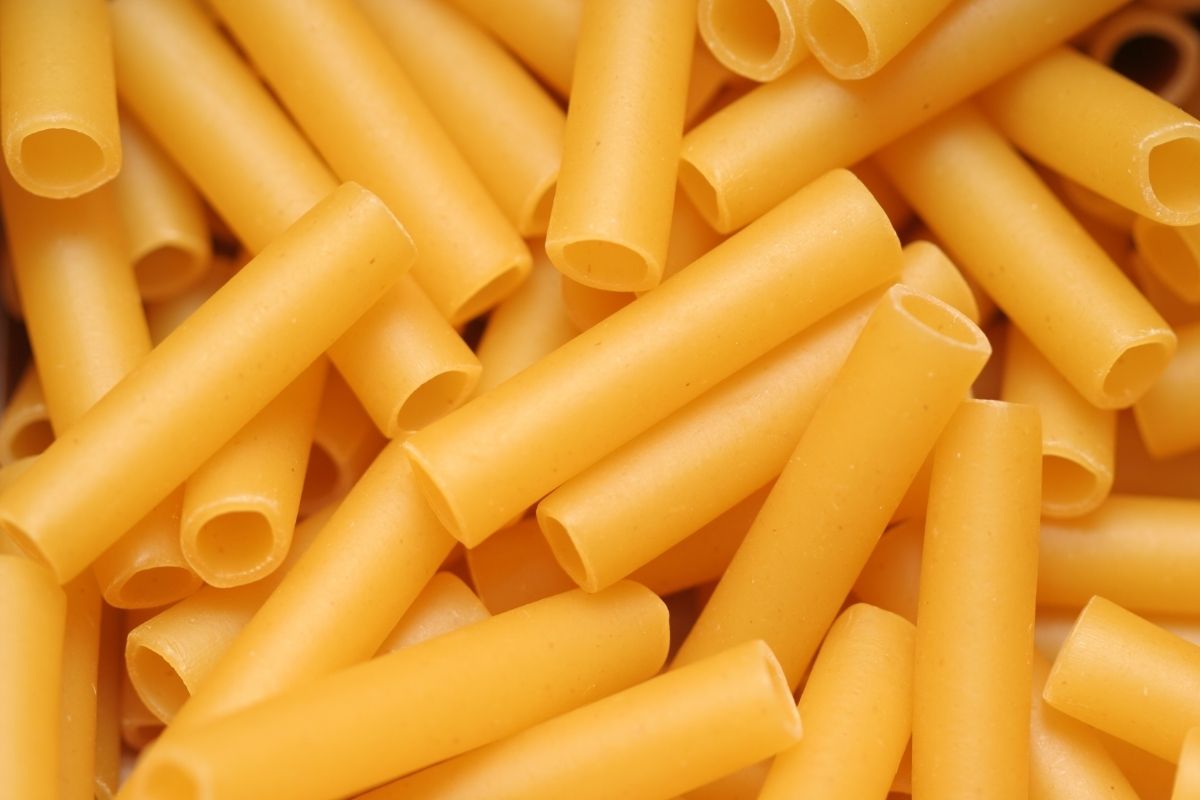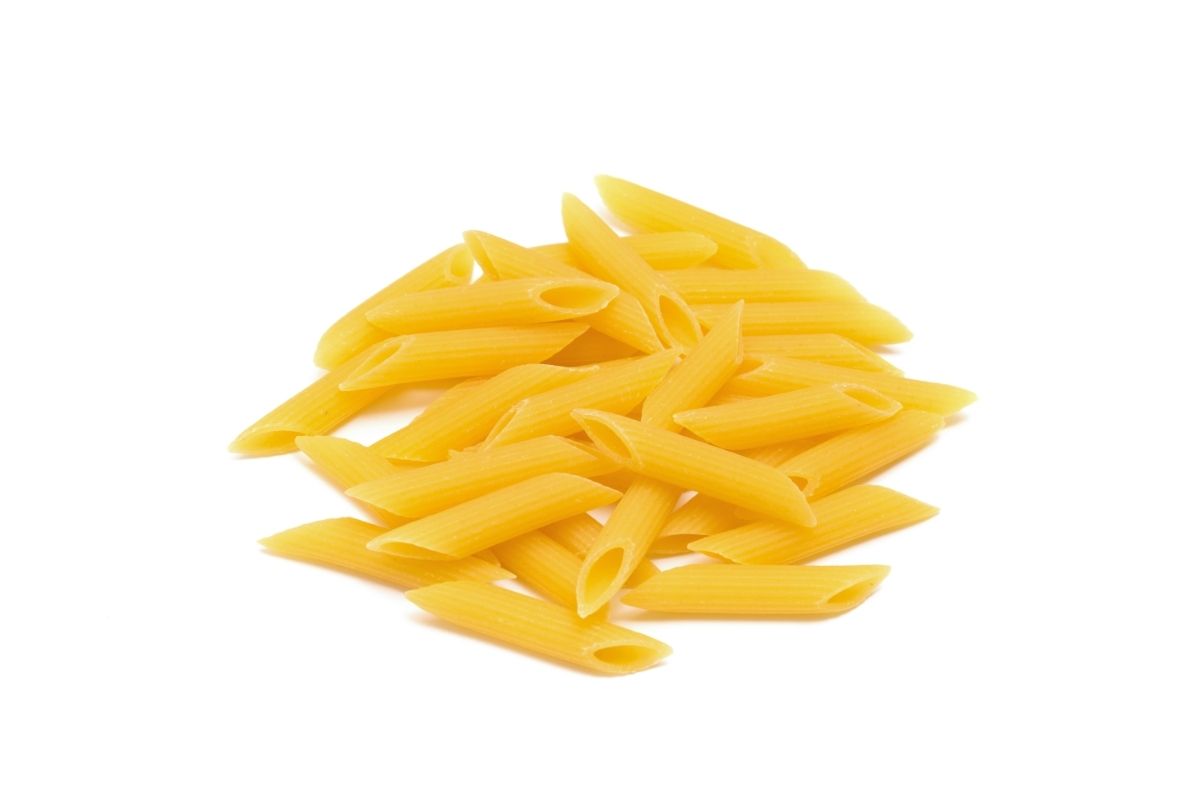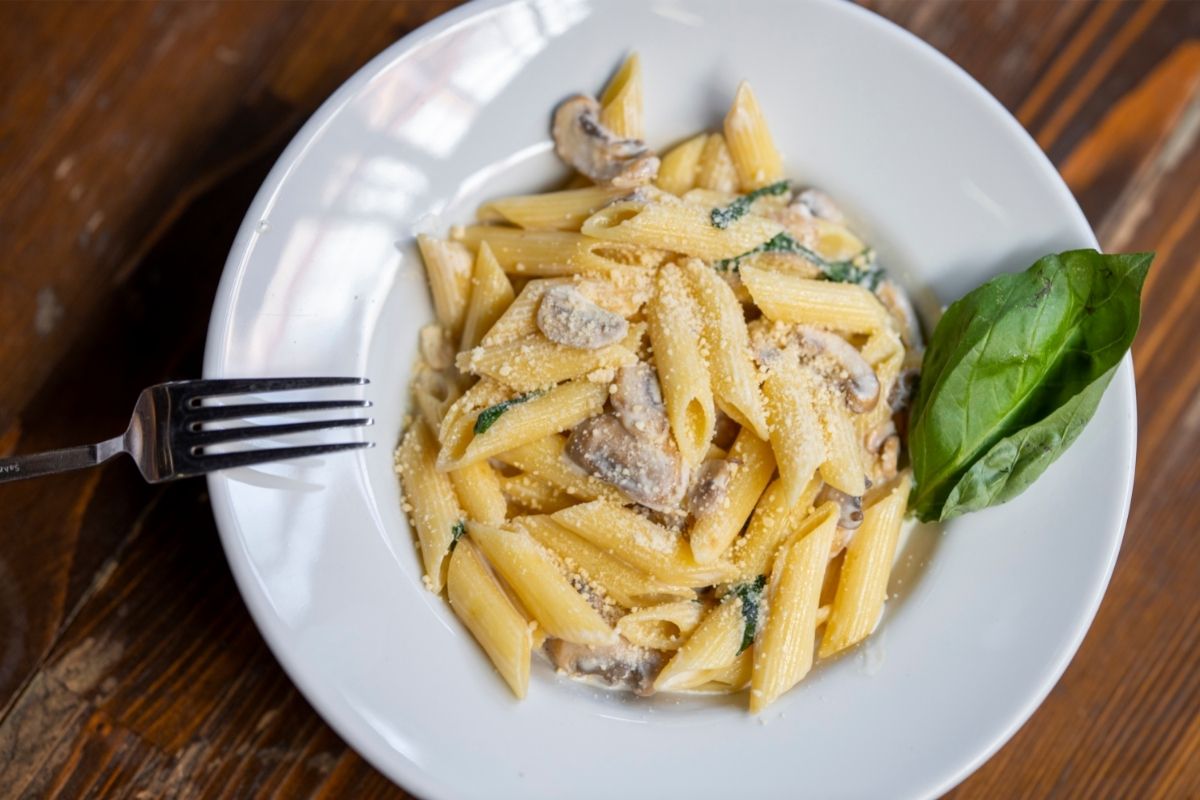Pasta plays an integral part in many households, symbolizing national pride and culture. However, many people find it hard to differentiate the types of pasta, such as ziti vs. penne. These are delicious kinds of pasta to add to your midweek or weekend meal plan, and they can be prepared using different ingredients.
Since they are not similar, you need to learn how ziti and penne differ. Before exploring the differences, you need to know about ziti and penne pasta in detail. You will also find out their similarities and the best one to choose.
So, keep on reading to find out!
What is Ziti Pasta?
Ziti is a type of pasta that originated in Campagna, Italy. The name came from an Italian word meaning betrothed, and that is why it is served as the first course during lunch in wedding ceremonies. Additionally, it is best recognized for its smooth exterior and straight ends.
After cooking, ziti measures about 10 inches (25.4 centimeters) long, it is often cut into smaller tubes, and you need to maintain its traditional cooking size, one-quarter inches (0.64 cm) in diameter. With its tubular look, it is primarily used in baked dishes.

What is Penne?
Now that you know all about ziti, what is penne? Penne is another type of pasta that originated in Southwestern Italy in a region known as Campania. What does Penne look like? Penne is smooth or ridged. Ridged penne is the most popular.
It measures about 1 ½ inches (3.81 cm) and a half-inch (1.27 cm) in diameter. You can cook penne with any addition, such as vegetables and chunks of meat. Now that you know penne and ziti let’s get into details. How do they differ? Check out below.

Ziti vs. Penne- The Differences
Differentiating ziti vs. penne pasta is not easy because they look so much alike. Considering this, some things make them different. Ziti is a long hollow tube with a smooth texture. The edges are cut squarely and cut into smaller tubes before preparation.
Also, it measures about one-quarter of an inch in diameter and 10 inches (25.4 centimeters) long when prepared. You can buy and cook like that if you prefer the whole piece. When preparing ziti, the pasta is cooked al dente, and the rest of the ingredients are added on the top.
On the other hand, penne falls among the largest kinds of pasta, measuring ½ inches (1.3 cm) in length. The long hollow tube is shorter than the ziti, has ridges on each side, and the top part is cut at an angle. Penne is best when boiled and tossed in a creamy or thick sauce.
The Other Tubular Pasta Player
Aside from penne vs. ziti, there comes rigatoni– another tubular pasta player. Rigatoni is straight, has lines around the tube (it is a square tube). Sometimes it is slightly curved. It comes from the Italian word “rigatoni,” which means lined or ridged. Its ridges and surface make it stand out from penne and ziti.
Similar to ziti pasta noodles, rigatoni has a square end. Being popular in southern and central Italy, this pasta is delicious and is used in Italian cuisine dishes, such as ‘alla Norma.’ Rigatoni also rules because it works for baked dishes, with tomato and meat sauces.
How are Ziti and Penne Similar?
Penne and ziti are both cylindrical and hollow pasta made out of dough into the desired shape. Due to their large surface area, they can take in any sauce. For instance, they absorb meaty sauces. They are well-known and preferred pasta shapes worldwide.
Preparation Methods for Ziti
Ziti is a form of pasta that is made al dente than the rest of the ingredients in the recipe are added on top. Doing this adds steam and moisture to the pasta, which completes the cooking process.
Can You Substitute Ziti for Pasta?
Ziti is a well-known type of pasta. If you walk into a supermarket and find it out of stock, will you change your meal plan? There’s no need, as you can replace it with penne. This is because it resembles ziti and can hold your preferred sauce just the same.

Preparation Methods for Penne
Penne pasta differs a lot from ziti. As much as they look alike, they taste better when boiled until soft. After boiling, toss in a thick or creamy sauce to get the desired taste. On the contrary, some people bake penne because of mistaking it for ziti. This act is not right in Italian dishes because it removes the flavor.
With all the preparation methods and adequate information about ziti and penne, it’s time to choose! Which one should you go for?
Which Pasta Should You Then Use?
By now, you know a lot about ziti vs. penne. They are great to include in your meal, but which one is better? The two, come from the same region, look alike, have almost the same dimensions, but are used differently. So, why don’t you go for penne? Penne is a versatile form of pasta.
You can use it in various dishes such as lasagna (which is prepared by baking). Furthermore, penne can also be used in simple sauces for a side dish.
On the other hand, ziti is a tasty form of pasta but limits you from making fewer dishes. Ziti is mostly used for its spongy texture because it is suitable for baked dishes. On the flip side, penne is suitable for being baked in thick and creamy sauces.
The Final Say
Pasta is a favorite tasty Italian delicacy for many people. It is also simple and easy to prepare. There are different types on the market, and you can prepare them using different ingredients.
Ziti and penne; as much as they are frequently mistaken for each other, both make great pasta dishes but in different ways. If you love preparing pasta dishes, we hope our article on the differences between ziti and penne helps you select the perfect option for you.

Community of passionate writers and content creators who share a love for Italian heritage, culture, travel, food, and the Italian-American community. Our mission is to celebrate Italy’s rich history and traditions and connect with others who share the same passion.

